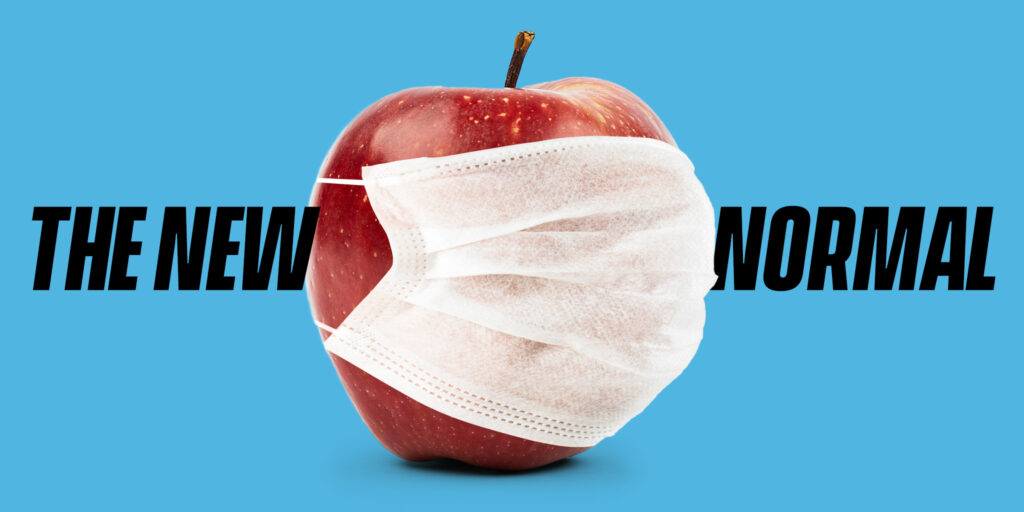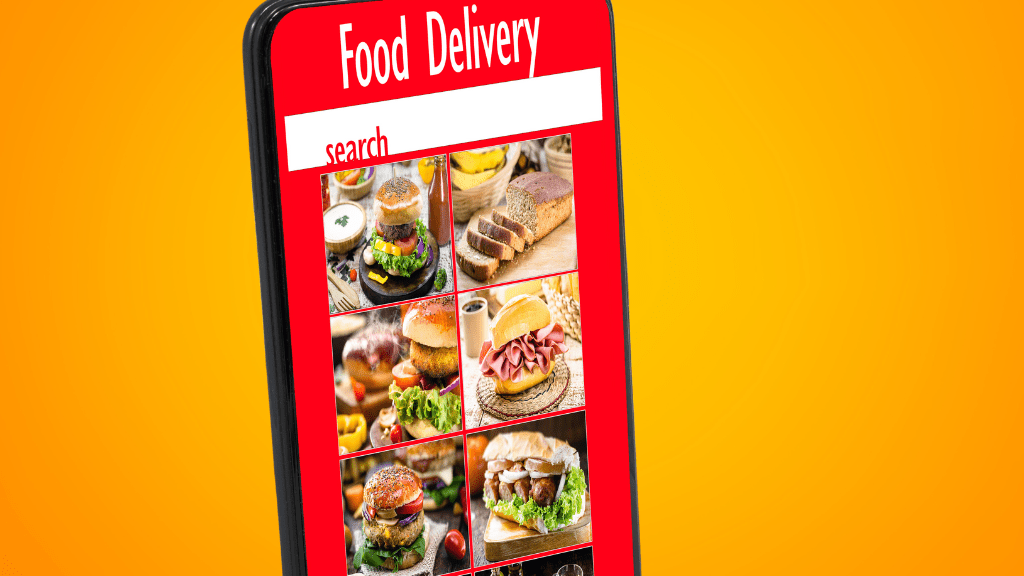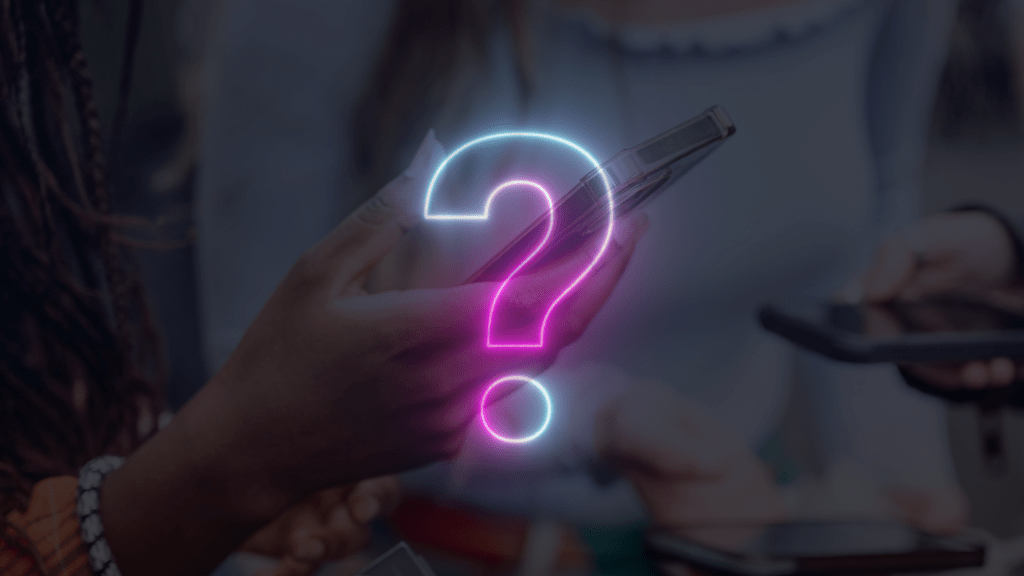Something Thomas* didn’t expect to feel on his first day back teaching after a long summer dealing with the Delta variant was a sense of relief. Things aren’t back to normal by any stretch of the imagination — kids are still wearing masks and their parents are still fighting for the“right” to go mask-free — but his days spent dissecting the greats like Henry James and Louisa May Alcott in rural Maine feel a lot different than it did last year.
“Right off the bat, I noticed all these little annoyances that caused a lot of commotion and anxiety last year didn’t get to anyone this year. At least, not yet.” These “little annoyances” refer to the few guidelines Thomas’ high school enforces on a day-to-day basis to protect their students and teachers from Covid: wearing a mask in school, taking lunch in shifts, and keeping the windows of the bus rolled down for safety.
“They don’t wear masks in the cafeteria, for instance.” continues Thomas, “so, you can’t help but ask yourself what all of this is for.” The worst part by far, insists the 44-year-old English teacher, are the parents. Despite the fact school’s been in session for less than a month Thomas has already found himself in hot water with two different sets of parents: one mask-related incident and once involving a reading assignment construed as “CTR propaganda.” Thomas has become so appalled and frightened by the parent population of his small Maine town that he refuses to give his real name or identifying details about his job when talking about it purely out fear of the parents of
“I don’t get it,” adds Thomas, “I’m a parent, too. All I want to do is keep my son safe and masks are the way to do it. There is no perfect system in place, but the science shows that masks work. I just find it unbelievable when people put their personal or political beliefs above their children.” For what it’s worth, Thomas’ classroom hasn’t reported a single Covid case thus far, but as we know things tend to change pretty quickly these days.
Laura is the Directress of Lower Elementary at a Montessori teacher in Massachusetts where she spends her mornings in a classroom with 27 other children between the ages of 6 and 9.
“Every day is a waking nightmare,” starts Laura, “but it has quickly become the new normal.” Covid has dramatically changed the way Laura teaches, but she — like Thomas — found it easier to get used to Covid precautions when compared to the year before. Last year, the National Center for Montessori in the public sector put out an article entitled “Breakthrough Montessori plans for COVID-19” which laid out some of the coronavirus-related challenges facing Montessori students, including lack of access to didactic materials and hands-on engagement.
Laura is stretched thin — real thin — but feels some semblance of optimism regarding her school’s Covid predations. As of now, things feel as normal as they can for Laura. I asked her if she wanted to answer a couple more questions about Covid, but was met with a very telling Instagram text that comically enough answered my query regarding her level of stress.
“I would love to answer your questions, but I know in my heart of hearts, while I huddle here in this adult bathroom for two minutes of maskless peace, I do not have the energy required to do so.”
School will never go back to normal — or, at least, pre-Covid normal but will likely fall into some sort of hybrid model for a long time.
“Public education will never be the same,” said Robin Lake, director of the Center on Reinventing Public Education in an interview with Yahoo, who sees Covid as a chance to rehabilitate some of the more archaic aspects of the public education system.
“The ability to be unbounded by the offerings that are in a school building and the kind of one-size-fits-all approach has been liberating for people.” Tulsa Public Schools used the pandemic to explore better ways to accommodate students in a post-Covid world while creating “richer opportunities that could eventually take all students outside school more often.”
Big questions still loom over Thomas’s classroom and Laura’s classroom and every classroom in America right now: what happens next? With the ebb and flow of outbreaks comes the relaxation and tightening of precautions like masking and social distancing.
Last month, the American Academy of Pediatrics and the Children’s Hospital Association found that children accounted for 15% of reported COVID-19 cases in America for the week ending on Aug. 5.
“I know we understand Covid more than last year,” adds Thomas, “but there are times when it feels like we’ve learned nothing. Covid still has the upper hand.





